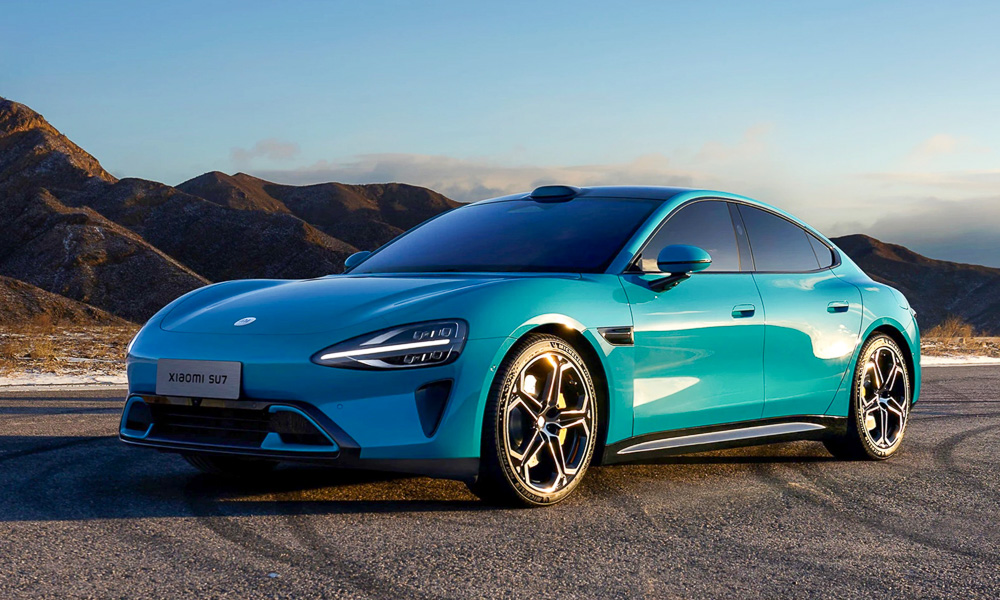
The rise of Xiaomi has been nothing short of impressive. Founded in 2010, the firm quickly grew to become the second-biggest smartphone maker in the world and has since branched out to other types of consumer electronics.
Now, it has finally taken the wraps off the first car to bear its name, the SU7 electric sedan. It promises supercar performance, plenty of tech, and likely a rather attractive price point. But will the public buy into the idea of a car from a smartphone manufacturer?
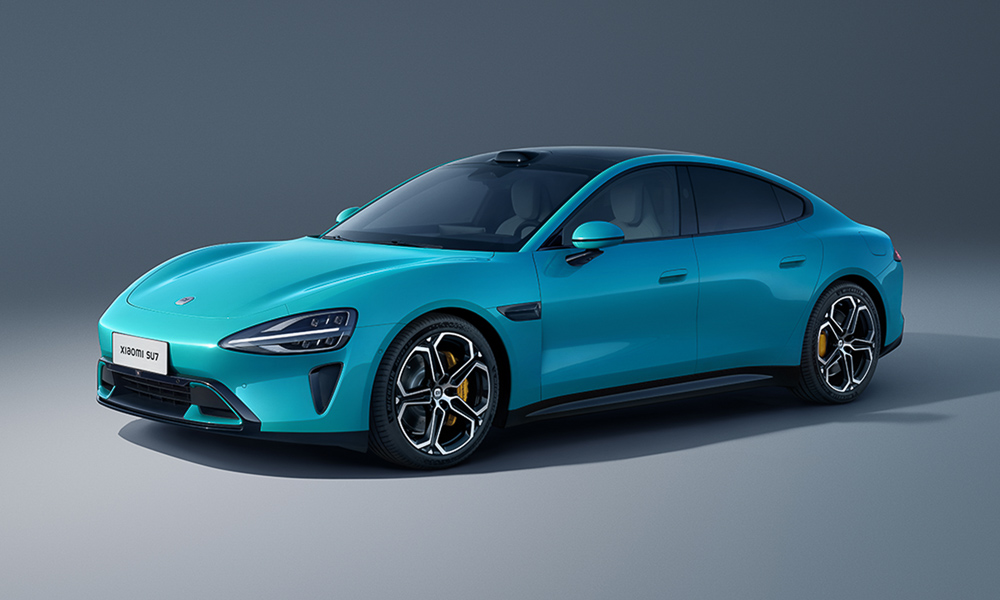
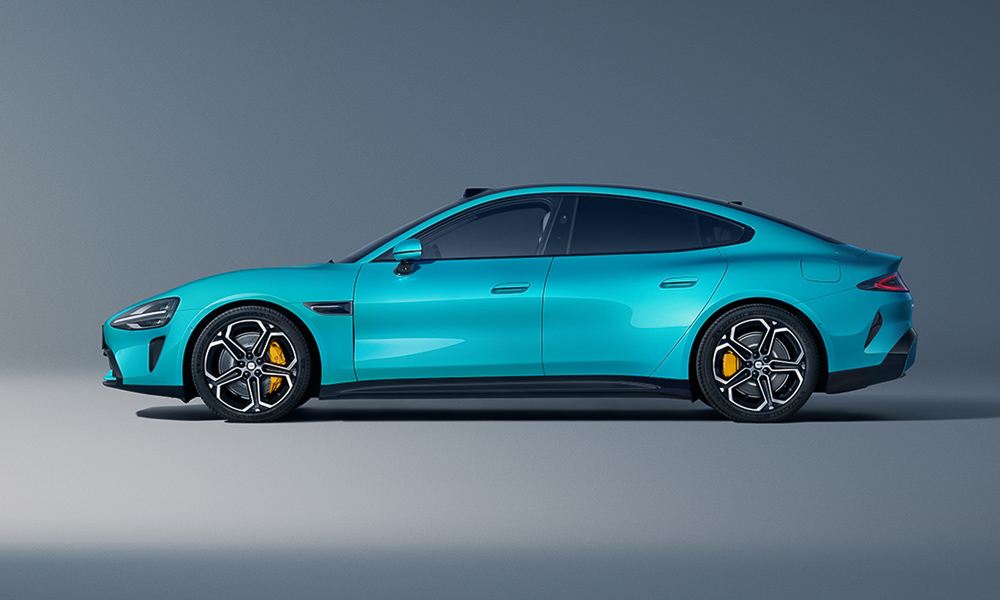
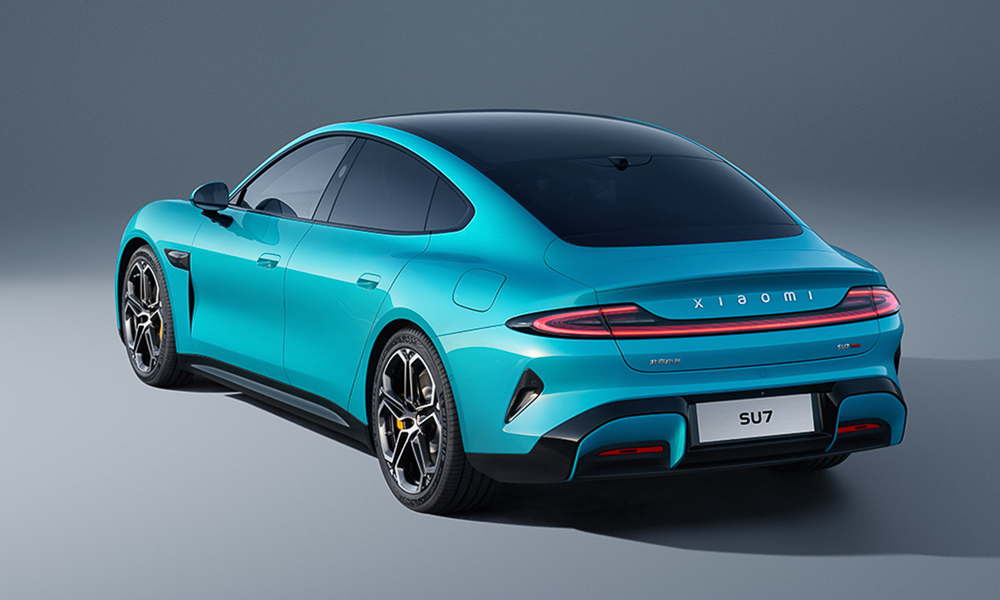
Xiaomi has big ambitions for its new car division, that much is clear. During the unveiling of the SU7, company founder and chairman Lei Jun not only spoke at length about the firm’s first vehicle, but also announced plans to grow the company into a top five carmaker worldwide, an endeavor he’s aiming to complete within the next 15-20 years.
His first step in that direction is a sleek four-door EV that stands 4,997mm long, 1,963mm wide, and just 1,455mm tall. At launch, it will be offered in two versions: the SU7 and the SU7 Max.
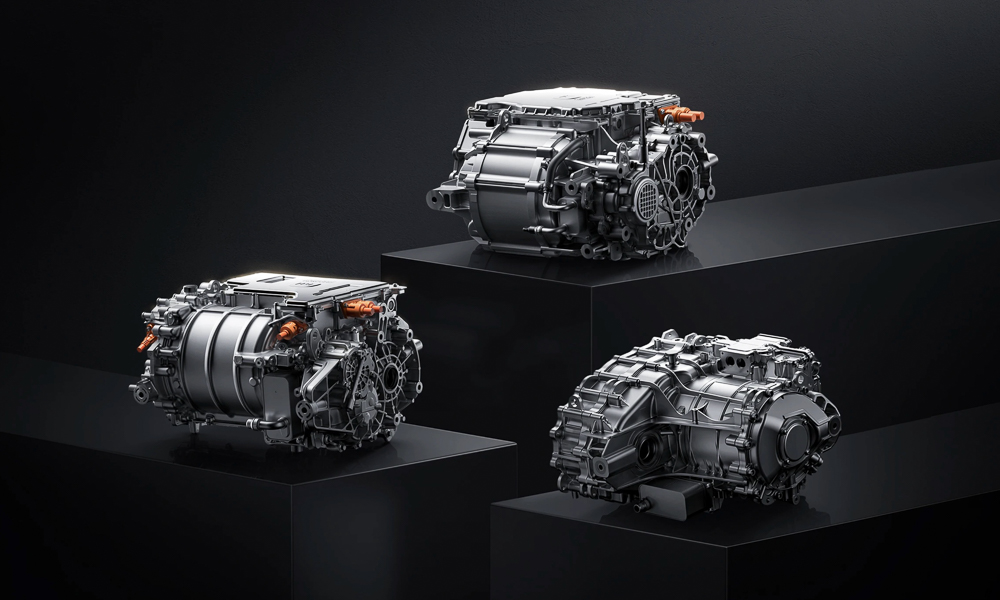
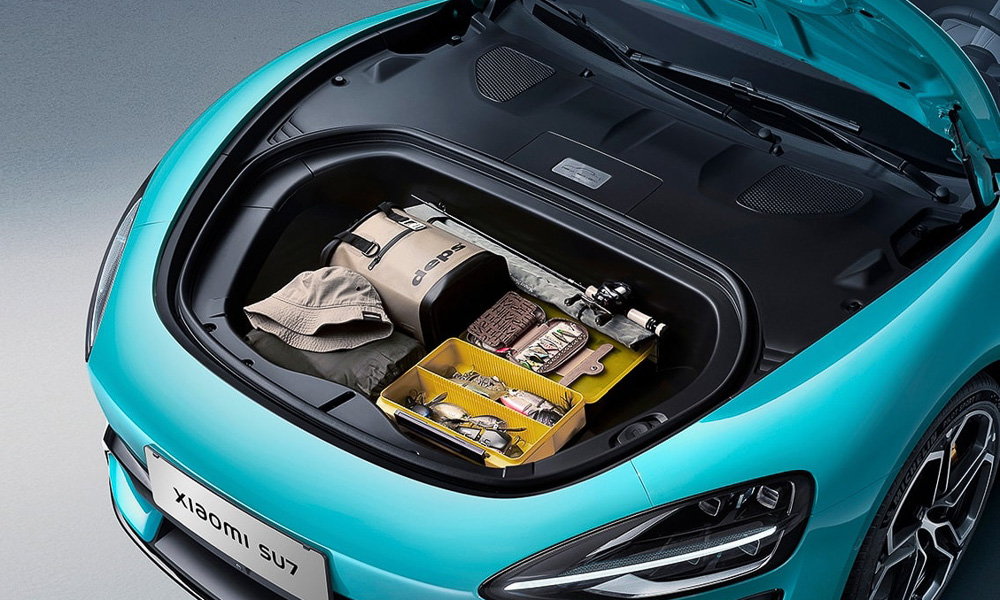
The entry-level SU7 is a RWD model featuring a 73.6kWh battery that’s good for 668km of range. The in-house-developed single electric motor is good for 299hp and 400Nm, enough for 0-100km/h in 5.28 seconds and a top speed of 210km/h.
The SU7 Max, on the other hand, is a dual motor, AWD model fitted with a bigger 101kWh battery that promises to let you travel up to 800km per charge. The two motors develop up to 673hp and 838Nm, good for a 0-100 time of 2.78 seconds and a top speed of 265km/h.
Other key figures are a claimed charging time of just 10 minutes to add 390km of range (subject to the right type of charger, of course), a drag coefficient of just 0.195, and plenty of luggage space with a 107L front trunk and a 517L boot.
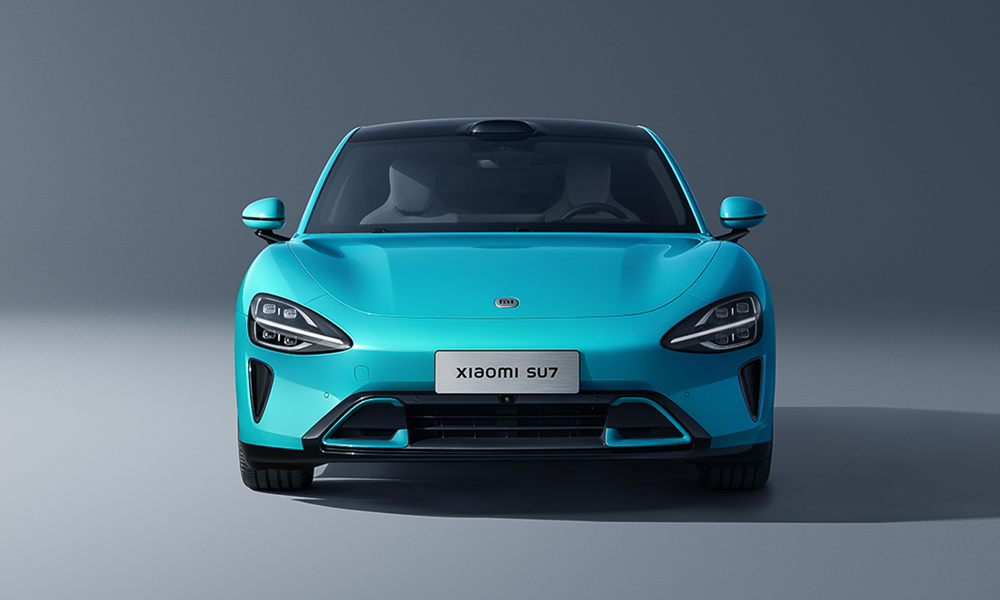
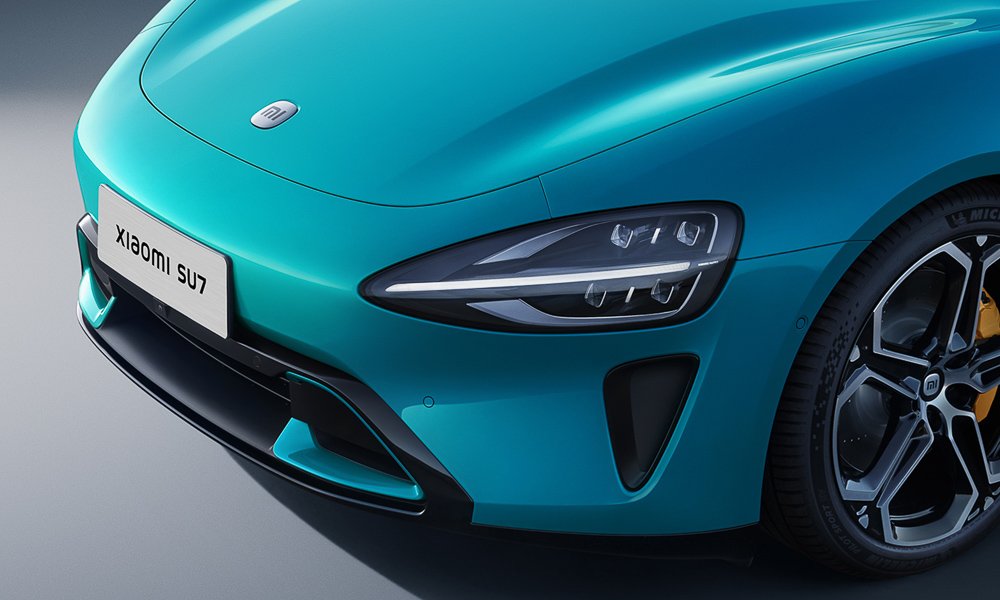
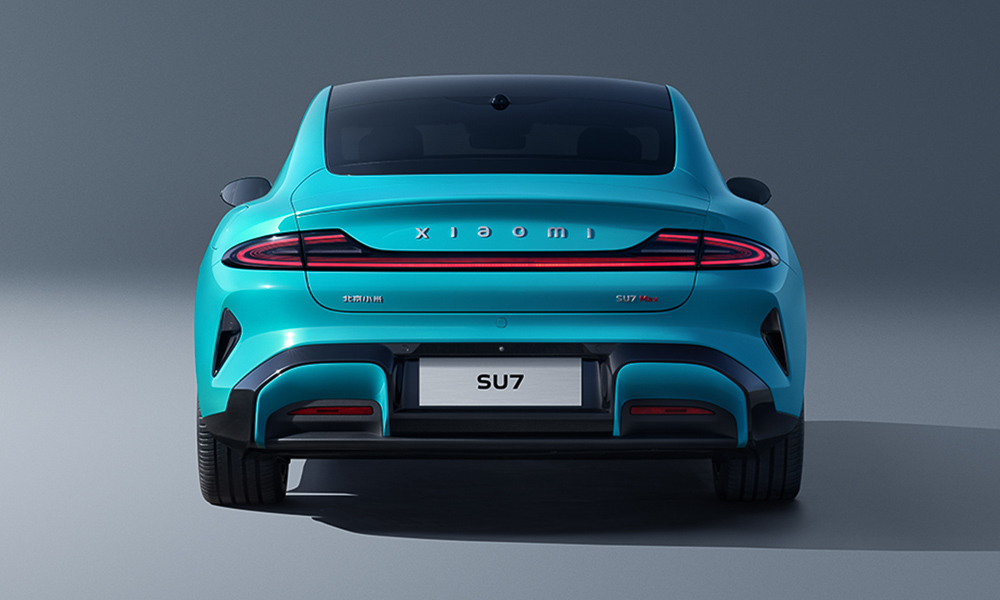
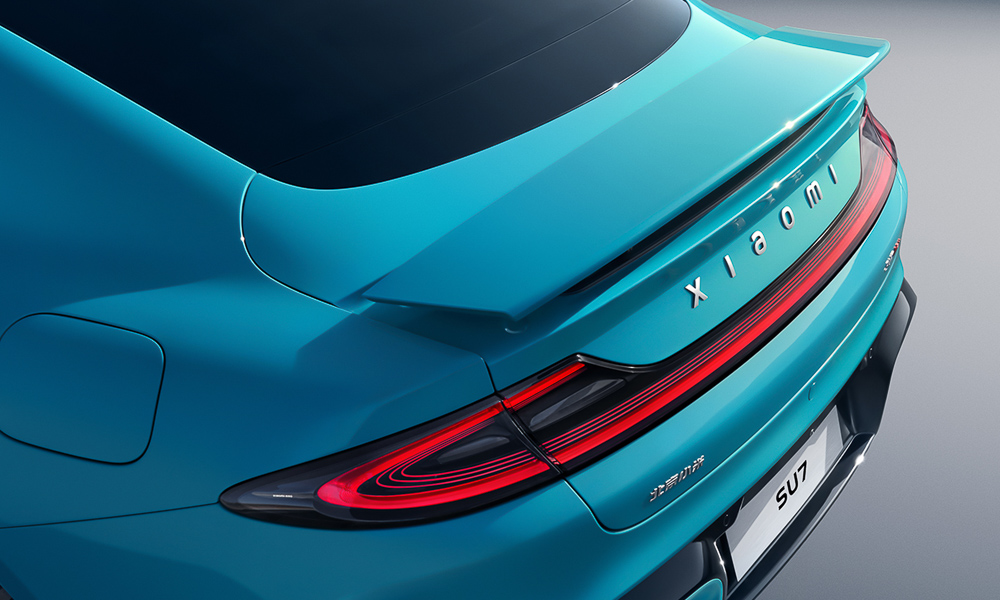
The design of the SU7 is sleek and well-executed, which shouldn’t come as a surprise, seeing as it was designed by industry veterans like Li Tianyuan and James Qiu.
Tianyuan is the head of design and has previously worked at BMW where he drew the iX, while Qiu joined from Mercedes-Benz where he worked on the EQXX.
It’s a good-looking motor for sure, with hints of Porsche and McLaren, making for a dynamic presence that’s quite pleasing to the eye and certainly not as bland as many other Chinese EVs.
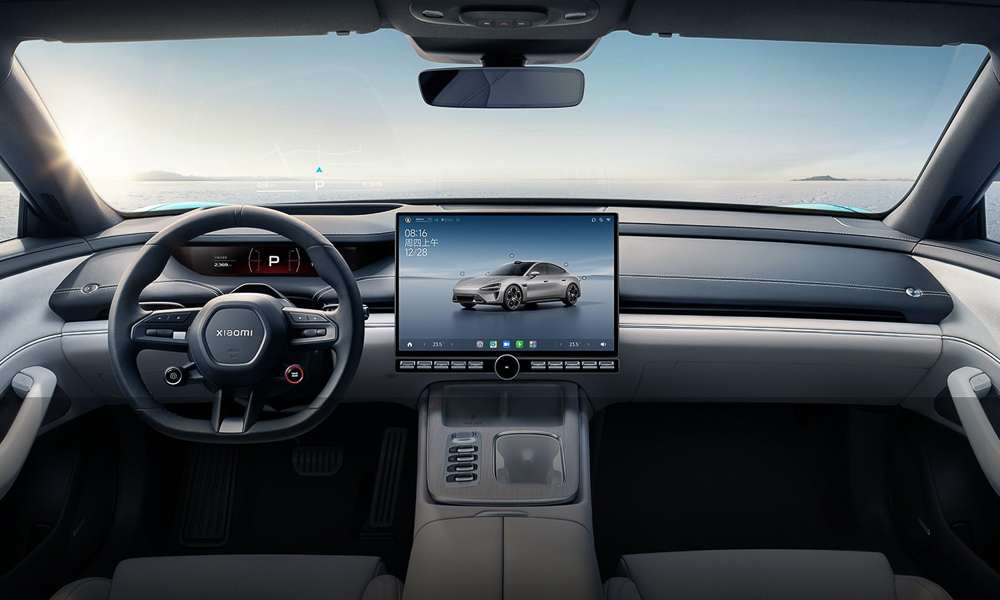
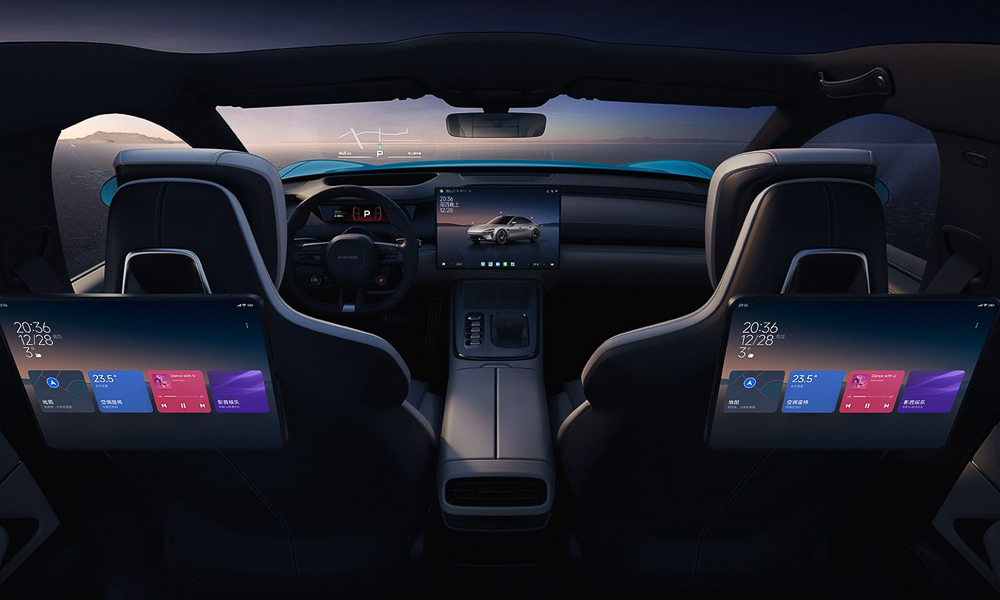
Xiaomi initially made its name by offering great value phones with a very user-friendly operating system, and one would hope that the same theme continues on four wheels. The signs for it are certainly there.
The cabin is dominated by various screens, including a 16.1-inch central control screen with “3K” resolution; a 7.1-inch screen for the driver; and two (presumably optional) Xiaomi Mi Pads attached to the front seats so the rear passengers can stay entertained.
There’s also a 56-inch HUD, and the whole thing runs on the firm’s own HyperOS that is powered by a Qualcomm Snapdragon 8295. While the best connectivity will be with in-house gadgets, other brands like Apple or general Android devices will also be able to connect.
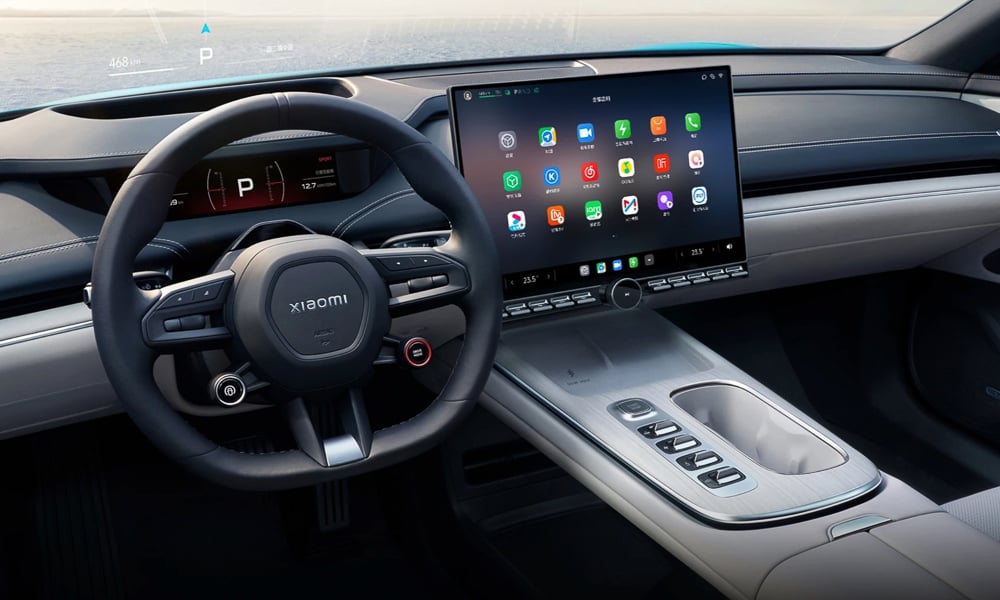
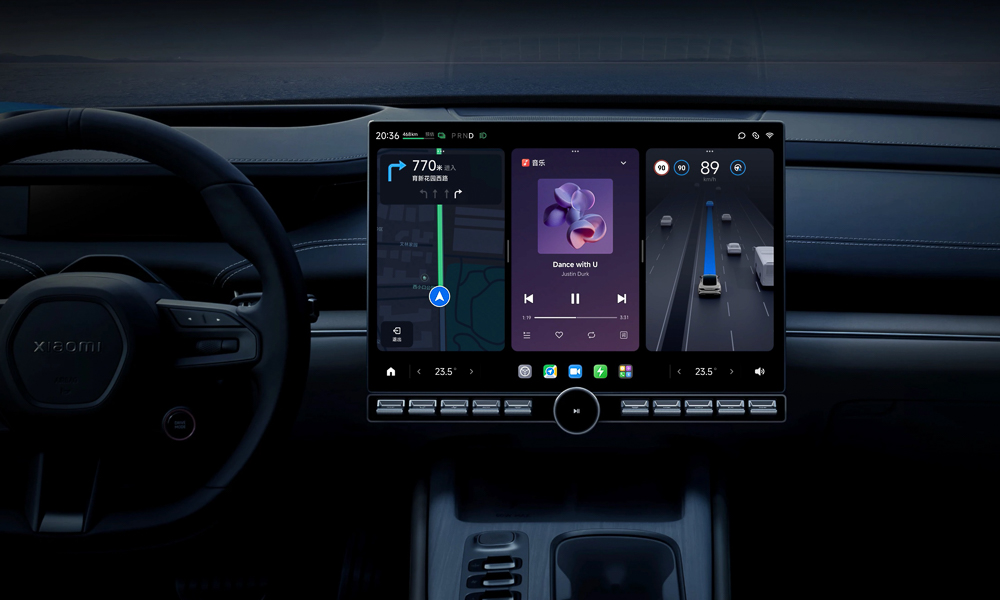
HyperOS also replaces MIUI across the company’s range of devices, meaning you’ll be able to easily connect your Xiaomi phone or tablet to the car in the future.
Naturally, the SU7 also comes with considerable self-driving capabilities that are powered by two Nvidia Orin-X chips with 508 TOPS (Tera Operations per Second) computing power—or, in other words, a lot.
Xiaomi is also more Mercedes and less Tesla when it comes to autonomous driving tech, and the car is fitted with no fewer than one LIDAR, three millimeter-wave radars, 11 HD cameras, and 12 ultrasonic radars.
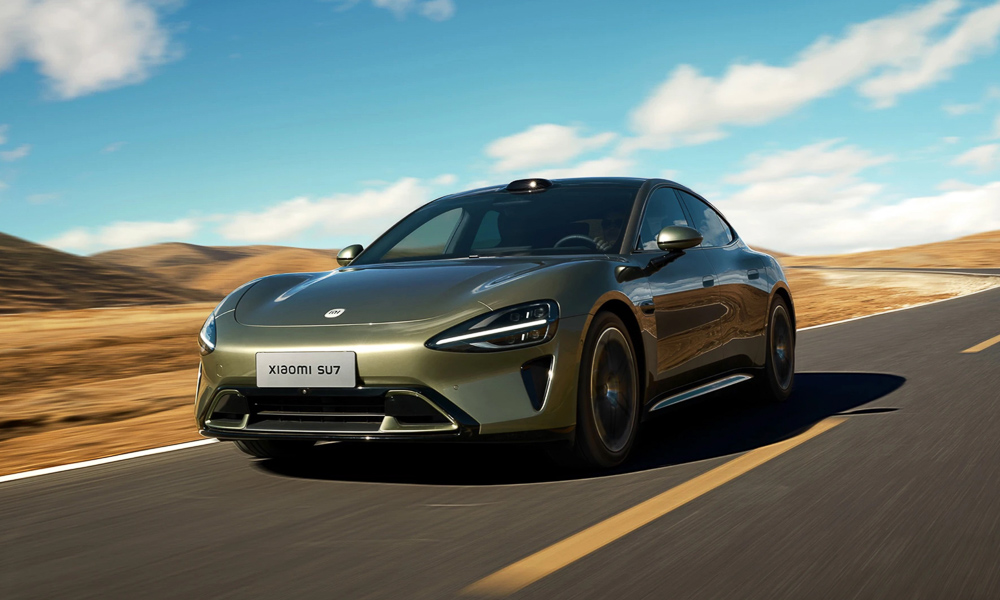
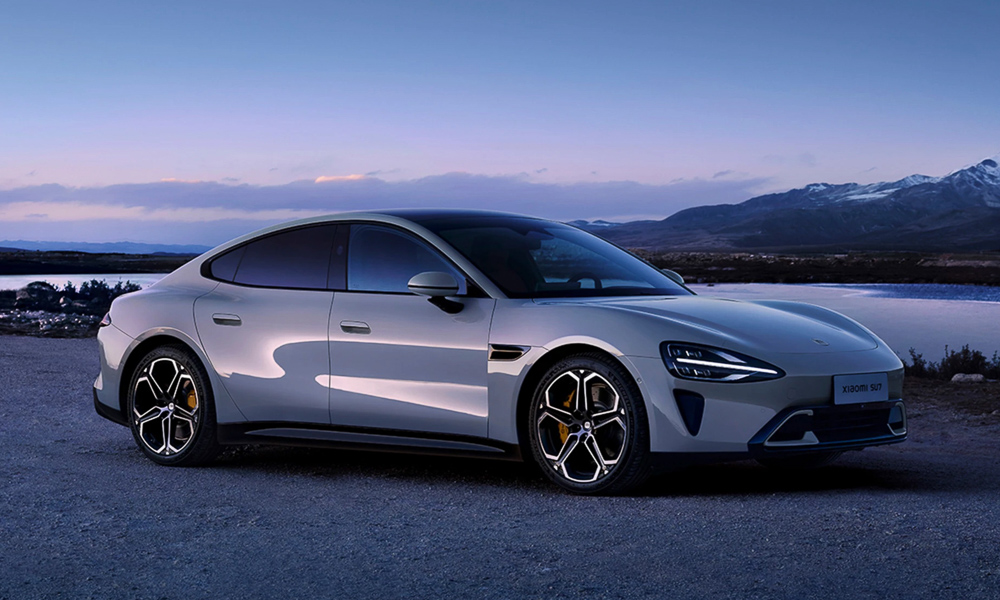
As for the price, it won’t be quite as bargain-basement as many of the brand’s smartphones are. Company boss Lei Jun even asked people to “stop trolling” during the launch event, stating that the car won’t be priced at 140,000 Chinese yuan (P1.1 million) as some had speculated online, and asked people to show some respect for the technology behind the vehicle.
It will likely still be a bit of a bargain, though, with rumors circulating that it could be priced below 300,000 Chinese yuan (P2.34 million) for the entry-level model. Delivery dates have also not been confirmed yet, but production is apparently set to start in the first half of 2024.

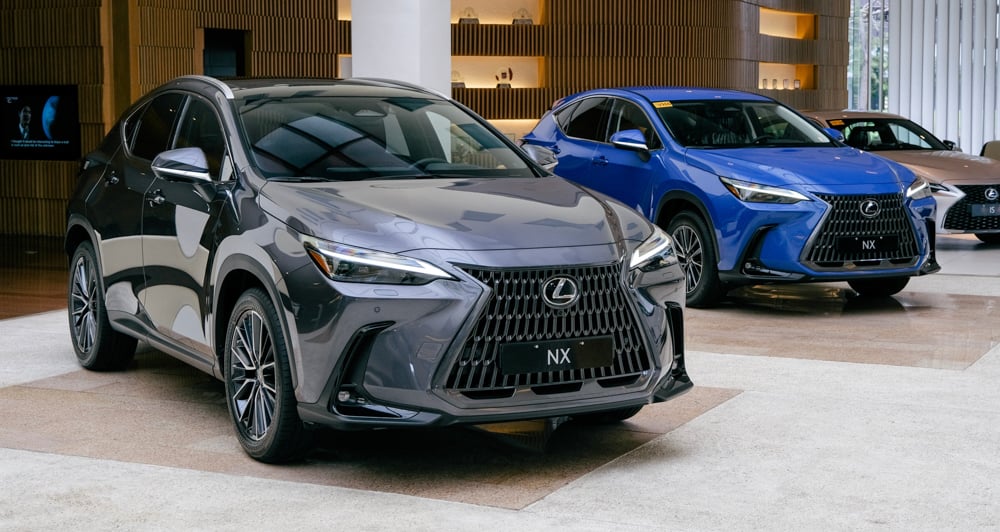
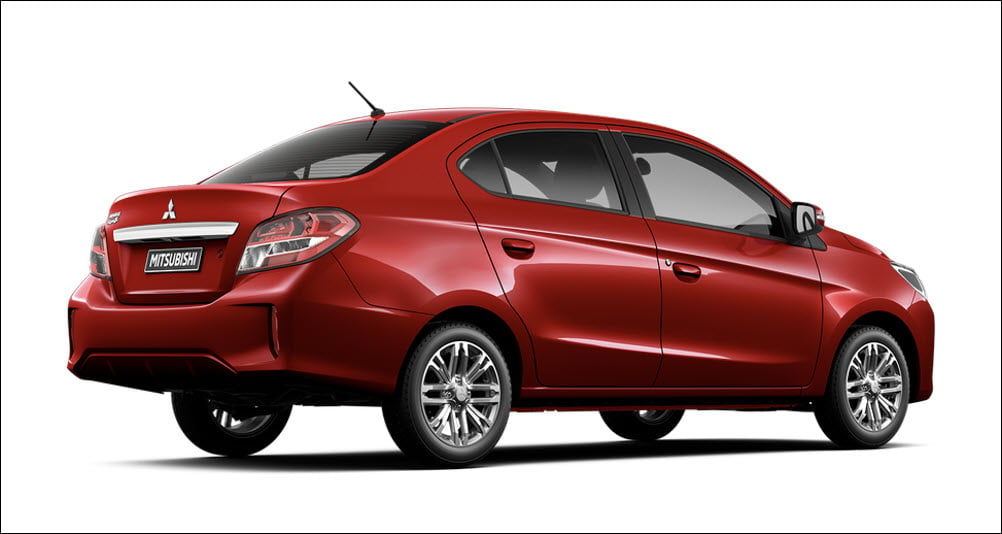

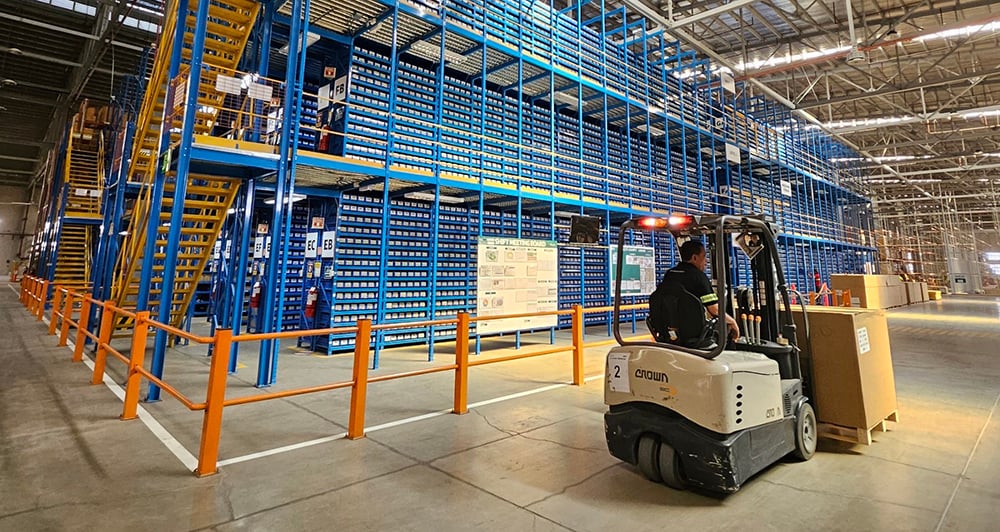

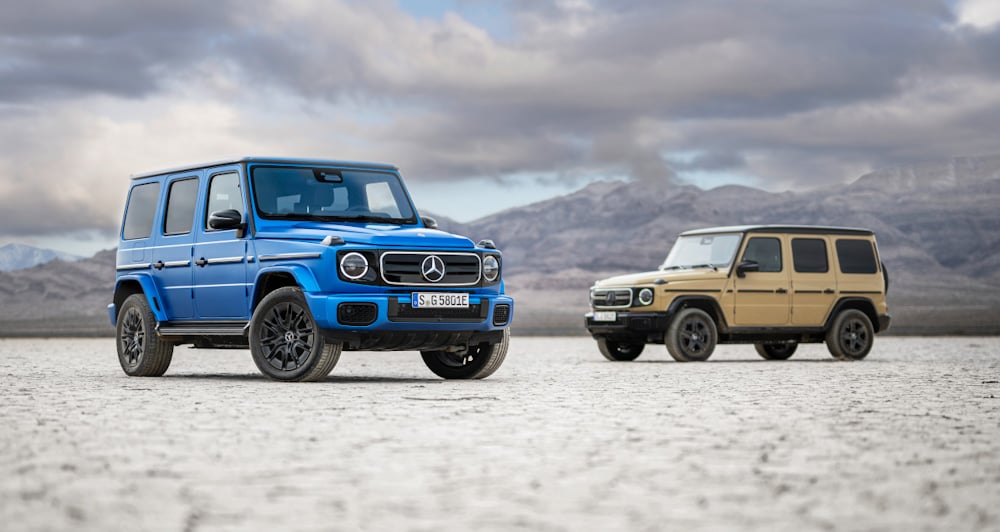
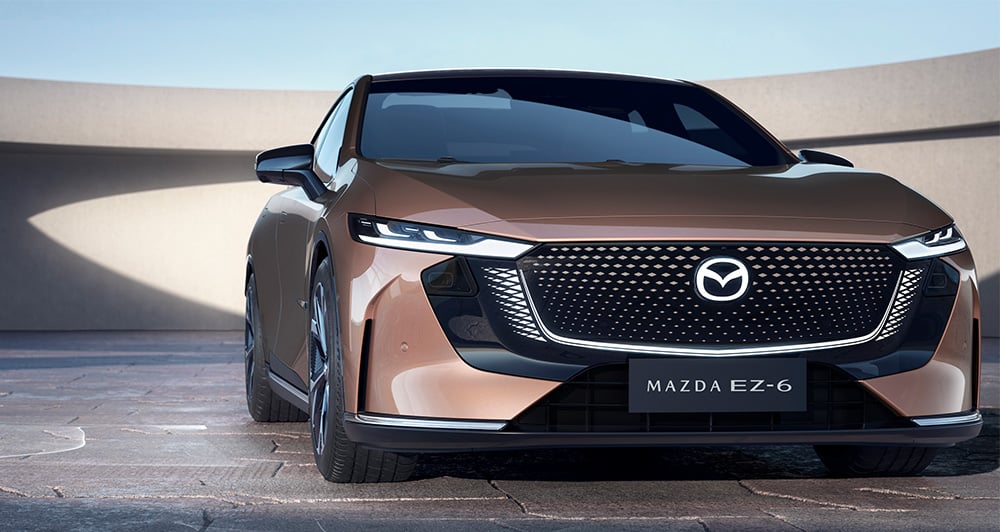


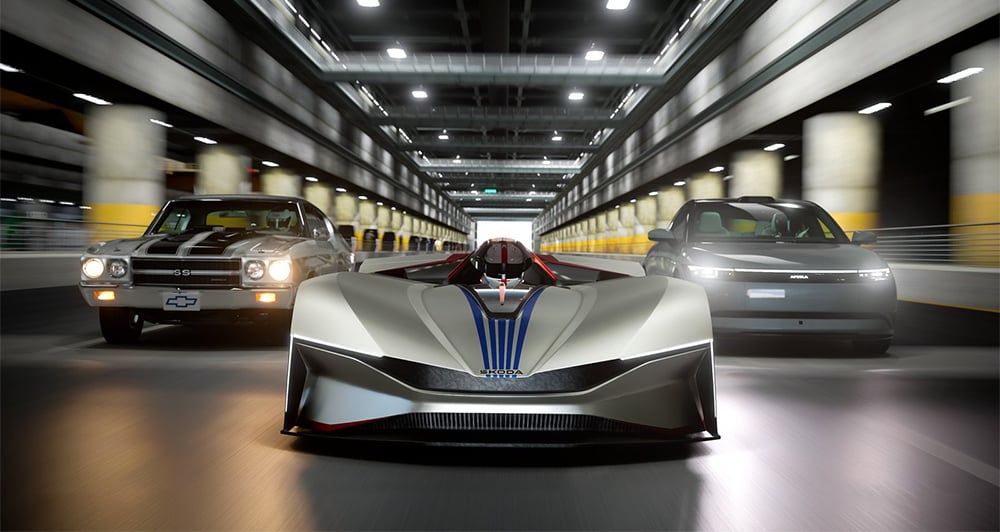
Comments